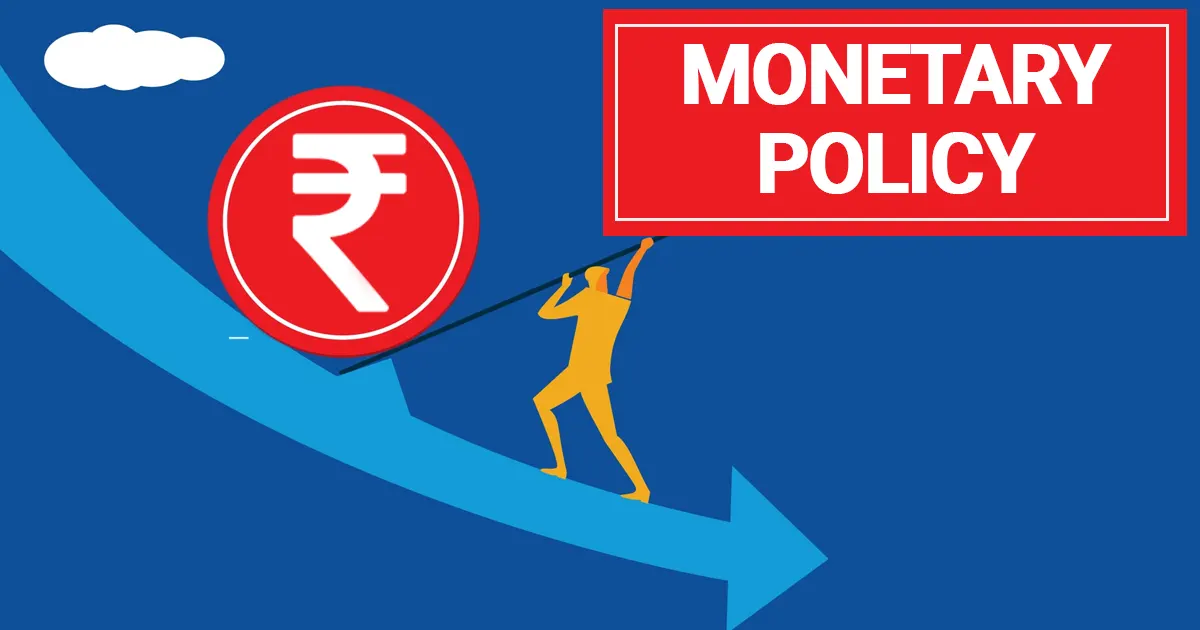GS 3 – Economy

The RBI (Reserve Bank of India) Monetary Policy is a key tool used by the RBI to control inflation, maintain price stability, and promote economic growth in India. It helps manage money supply, interest rates, and overall economic stability. Understanding its basics is crucial for the UPSC Prelims.
Key Aspects
Monetary Policy Framework:
-
- Inflation Targeting: RBI aims to keep inflation at 4%, with a tolerance range of 2% to 6%.
- Monetary Policy Committee (MPC): This 6-member committee, including 3 RBI officials and 3 external members, sets the monetary policy.
Policy Instruments:
-
- Repo Rate: The rate at which the RBI lends money to banks. Higher rates reduce borrowing and control inflation.
- Reverse Repo Rate: The rate at which the RBI borrows money from banks. Higher rates encourage banks to deposit surplus funds with the RBI.
- Cash Reserve Ratio (CRR): The percentage of deposits that banks must keep with the RBI. A higher CRR reduces money available for lending.
- Statutory Liquidity Ratio (SLR): The percentage of a bank’s liabilities that must be kept in liquid assets like government securities.
Objectives of Monetary Policy:
-
- Price Stability: Control inflation and maintain the currency’s purchasing power.
- Economic Growth: Ensure credit flows to industries and agriculture.
- Financial Stability: Maintain a stable financial system.
- Exchange Rate Stability: Keep the currency stable against foreign currencies.
Transmission Mechanism:
-
- Changes in policy rates affect interest rates charged by commercial banks, which in turn influence investment, consumption, and inflation.
Recent Trends and Challenges:
-
- COVID-19 Impact: RBI took steps like reducing repo rates and increasing liquidity to support the economy during the pandemic.
- Inflation Management: Managing inflation, especially with rising food and fuel prices, is a challenge.
- Global Factors: Global economic trends and oil prices influence India’s monetary policy.
Monetary Policy Tools:
-
- Open Market Operations (OMO): RBI buys and sells government securities to manage liquidity.
- Marginal Standing Facility (MSF): Bank
[box] Discuss the key components of the Reserve Bank of India’s (RBI) monetary policy and examine its role in managing inflation and promoting economic stability in India
[button color=”purple ” size=”medium” link=”https://forms.gle/Wzz7M6oVE4bQS8Ws8″ icon=”” target=”true”]Upload Answer[/button]
[/box]




